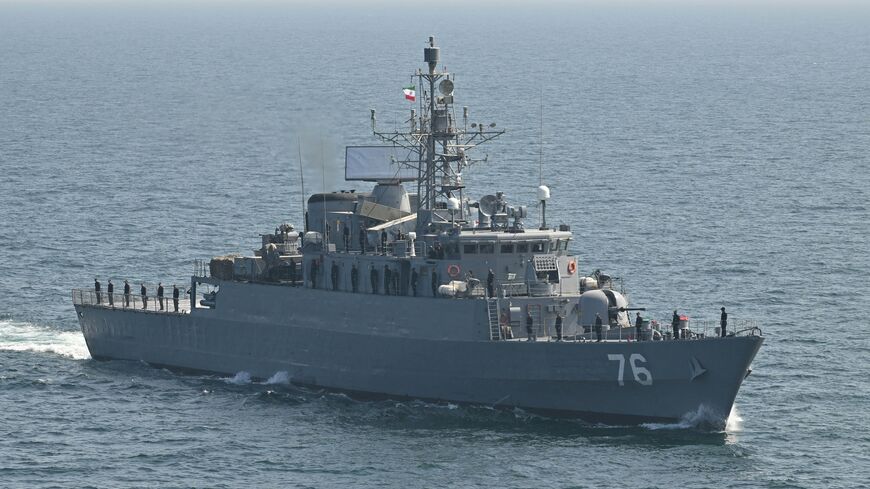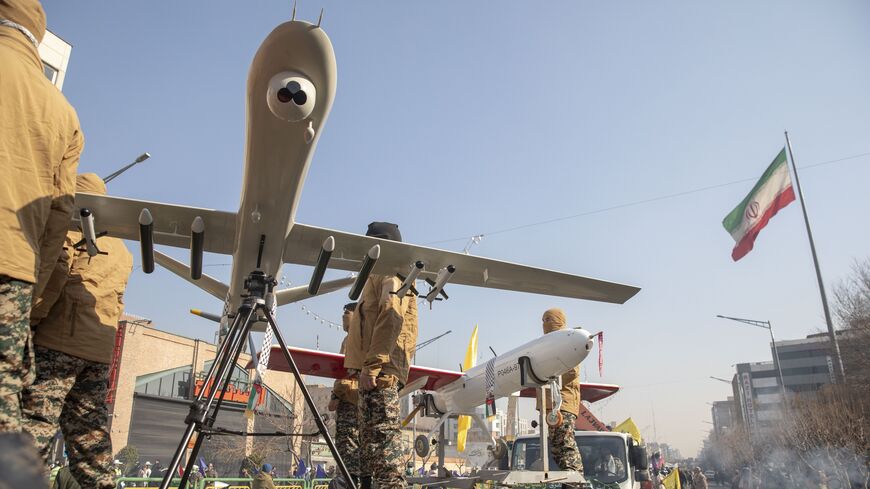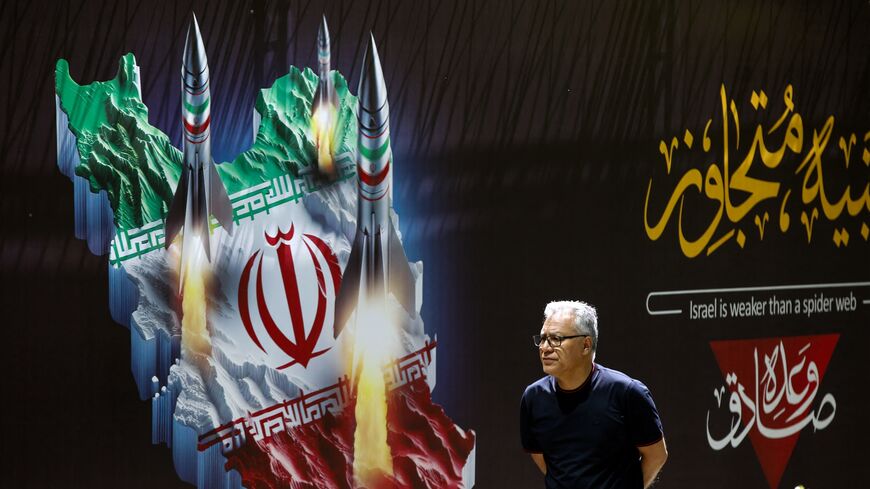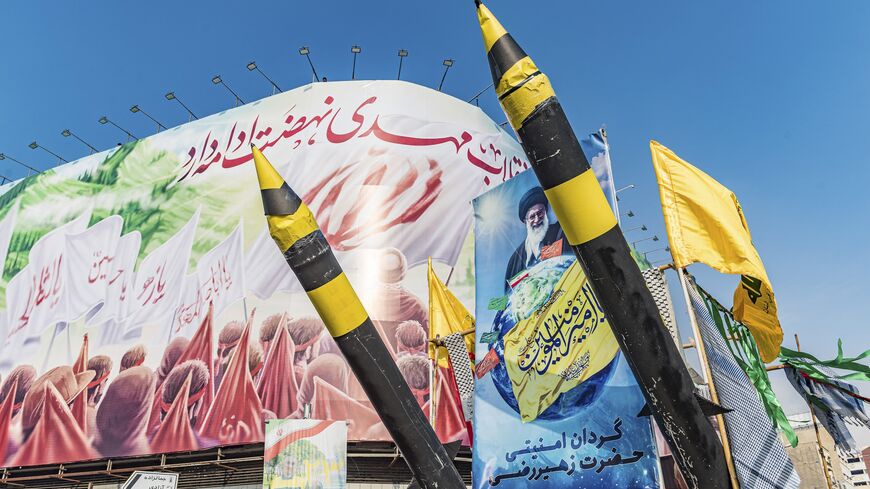Iran unveils new drones in military drill: What to know
Amid heightened tensions with the United States and Israel, Iran is flexing its military might.
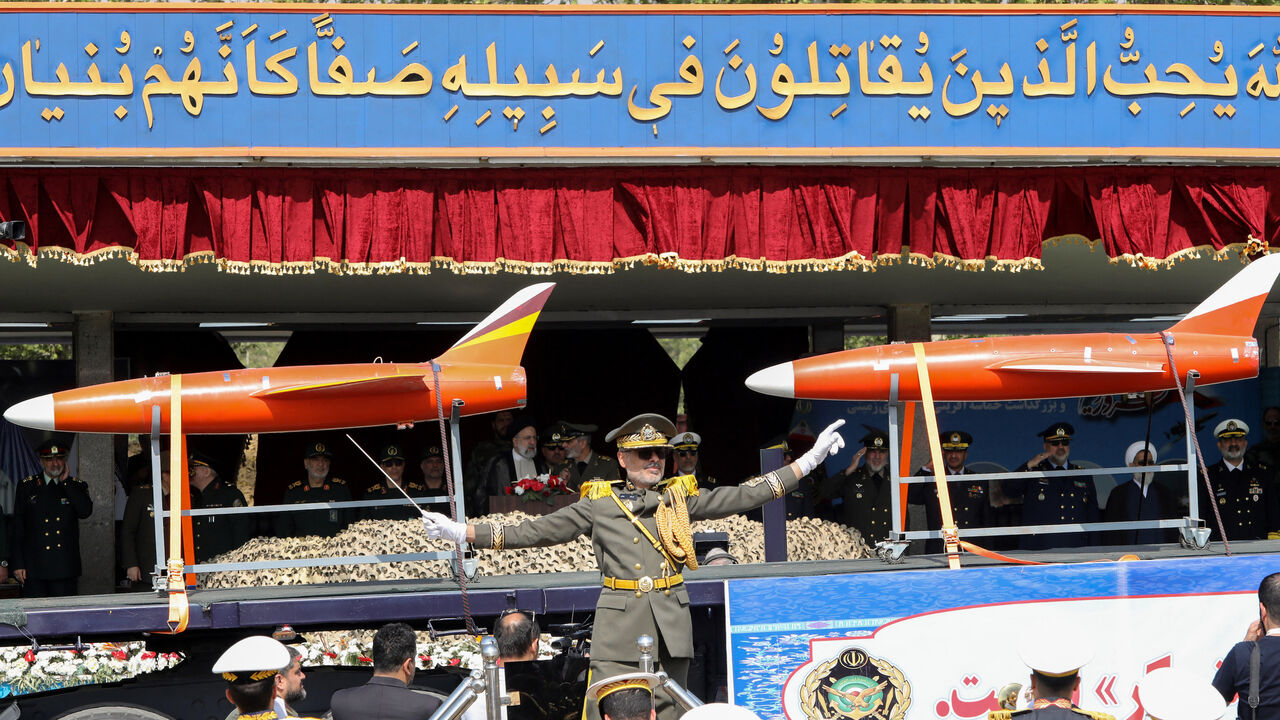
Iran's Islamic Revolutionary Guard Corps introduced a number of new drones during large-scale war games on Monday. The drills come as Iran works to shore up its strength in the face of increasingly hostile relations with the US and Israeli governments.
The drill, “Great Prophet-19," is taking place in Shavariyeh, in Iran’s southwestern province of Khuzestan, and features Iranian-made drones “for surveillance and precise fire control,” senior IRGC commander Hamidreza Bahmani told IRNA.
IRNA said that the drill “aims to evaluate the effectiveness of defense plans against possible attacks, among other objectives.”
During the drill, Iran unveiled seven new kamikaze and reconnaissance drones, Iran’s semi-official Mehr News Agency reported, including:
The Bina reconnaissance drone with an operational range of 40 kilometers
The Qandil 4 and 5 reconnaissance drones, with a range of 100 kilometers and a flight endurance of five and 10 hours, respectively
The Arbaeen vertical take-off and landing drone with a range of 10 kilometers and carrying a seven-kilogram warhead
The Raad 2 kamikaze drone with a range of 20 kilometers and a five-kilogram warhead
The Raad 3 kamikaze drone with a range of 100 kilometers and a 12-kilogram warhead
The Saeqeh suicide drone with a range of 20 kilometers and a one-kilogram warhead
The Redwan loitering drone, with a range of 20 kilometers and a flight duration of 20 minutes
According to Mehr, the IRGC also unveiled a drone able to carry various combat weaponry including anti-armored vehicle, anti-personnel-carrier vehicle and bunker-buster bombs, with an operational range of five kilometers.
The drill is the latest in a series Iran has conducted at a time of heightened tensions with the United States after President Donald Trump reintroduced his policy of maximum pressure — an intense campaign of sanctions meant to cripple the Iranian economy and force the country to bend on the nuclear issue.
Just last Wednesday, Iran unveiled a new jet-powered suicide drone that can be launched from underwater, the Hadid-110, and late last month it conducted a series of naval exercises in the strategic Strait of Hormuz.
Iran publicizing the drill is likely in part to project an image of strength on the world stage. The Islamic Republic is flexing its military muscle after appearing weaker than ever, with its airspace vulnerable after Israeli strikes, Hezbollah weakened and Iranian regional influence waning with the fall of Bashar al-Assad in Syria.
Know more: On Friday, Al-Monitor's Ben Caspit reported that Israel and the United States have a “full understanding” on Iran, including the steps to be taken should Iran refuse a nuclear agreement.
Israeli Prime Minister Benjamin Netanyahu is reportedly eager to strike Iranian nuclear facilities, but Trump has repeatedly stated he wants a nuclear deal with Iran. He wrote on Truth Social, “I would much prefer a Verified Nuclear Peace Agreement” and added that reports of US-Israel plans to strike Iranian nuclear sites are “greatly exaggerated.”
Yet Trump has thus far seen no capitulation from Iran, instead finding a refusal to engage. On Feb. 7, the day after Trump signed his directive for maximum pressure, Iranian Supreme Leader Ayatollah Ali Khamenei said with regard to the United States, “There should be no negotiations with such a government.” Khamenei stopped short of explicitly forbidding negotiations with the United States, however.
